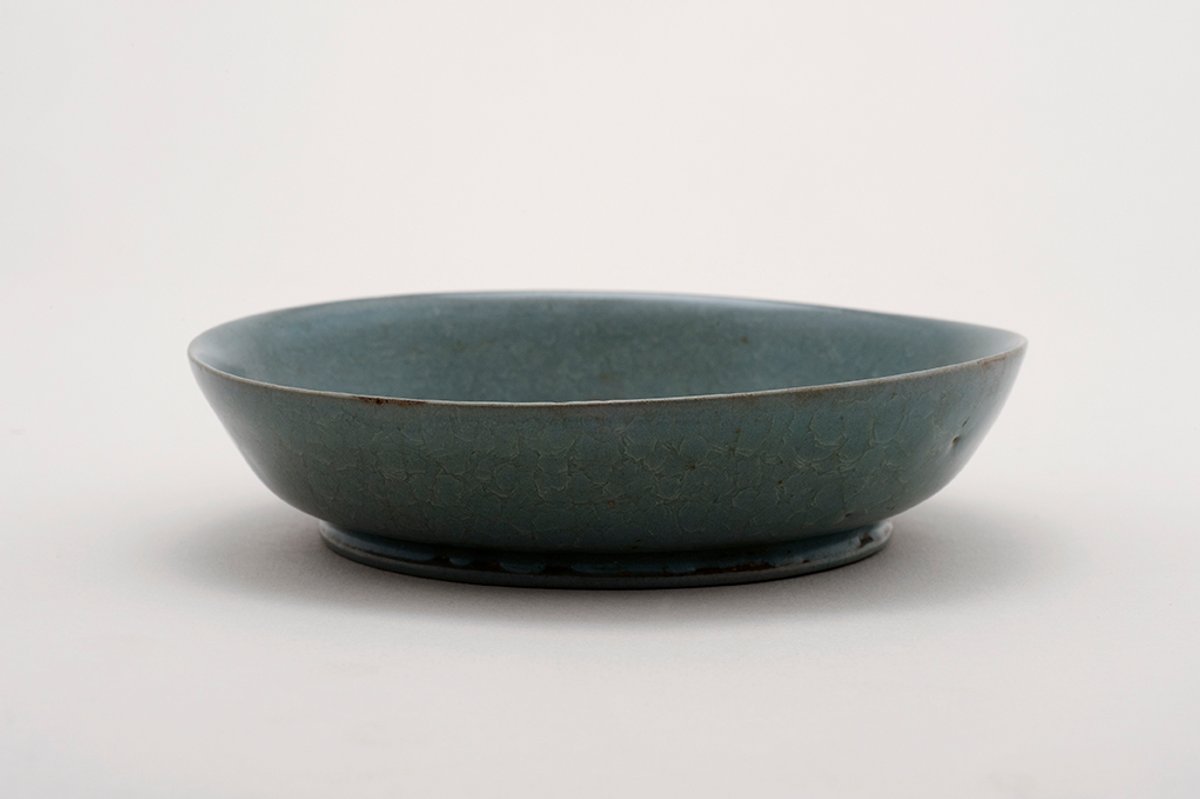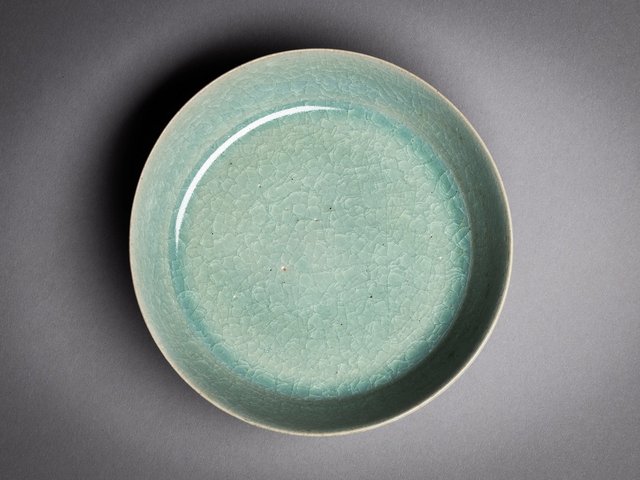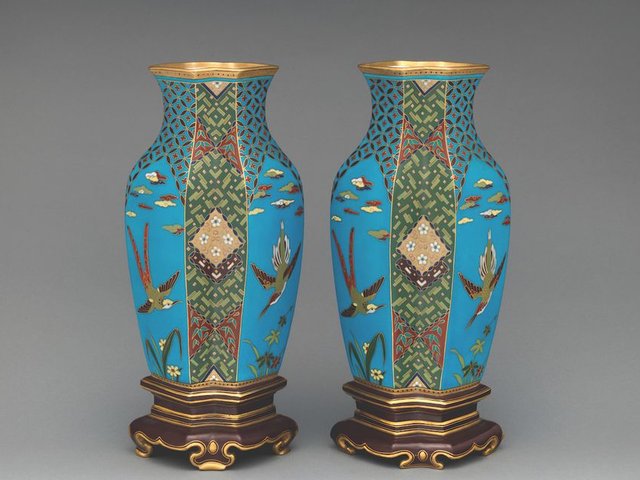A harmonious, but superficially unprepossessing dish at the British Museum has turned out to be an extremely rare glazed ceramic—nearly 1,000 years old. Less than one hundred of these stoneware pieces survive from the celebrated Ru kilns, which produced imperial ceramics for the Northern Song Dynasty.
Percival David, one of the greatest Western collectors of Chinese ceramics, bought the dish in New York in 1928. His collection has been displayed at the British Museum on long-term loan from the Sir Percival David Foundation since 2009. The dish is a brush washer, used to clean brushes for calligraphy.
Although assumed to be a Ru piece in the 1920s, by the 1970s it was downgraded and considered to have been a lesser piece made in Korea. The greyish colour of the glaze and the large marks on the base had suggested that it was not Ru.
But recent research initiated by the German academic Regina Krahl has revealed that it was indeed made in a Ru kiln in Qingliangsi, in east-central China, dating from 1086-1125. This was confirmed by scientific testing by Cranfield University’s Forensic Institute in Wiltshire. According to a British Museum spokeswoman, Ru pieces are “the rarest of all imperial Chinese ceramics”.
Jessica Harrison-Hall, the head of the British Museum’s China section, congratulated Krahl’s “experienced eye which alerted us to re-examine the dish, which is smaller than an adult’s hand”. Harrison-Hall describes Ru wares as “incredibly rare, beautiful and ancient—made just 20 years after the Battle of Hastings”. The dish is now on display in the British Museum’s ceramics gallery.






